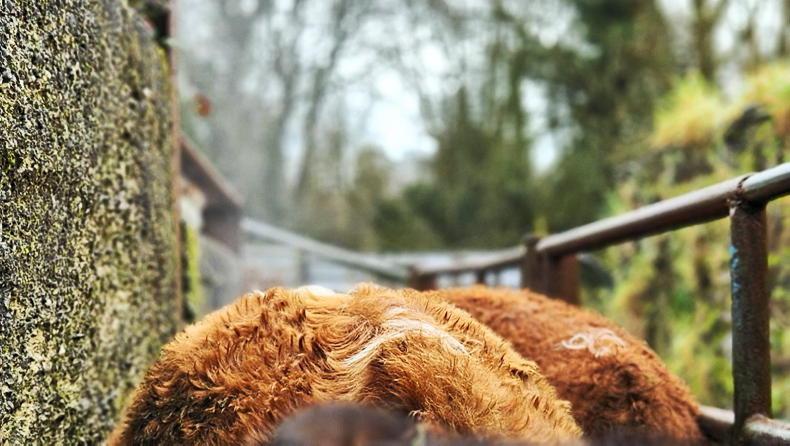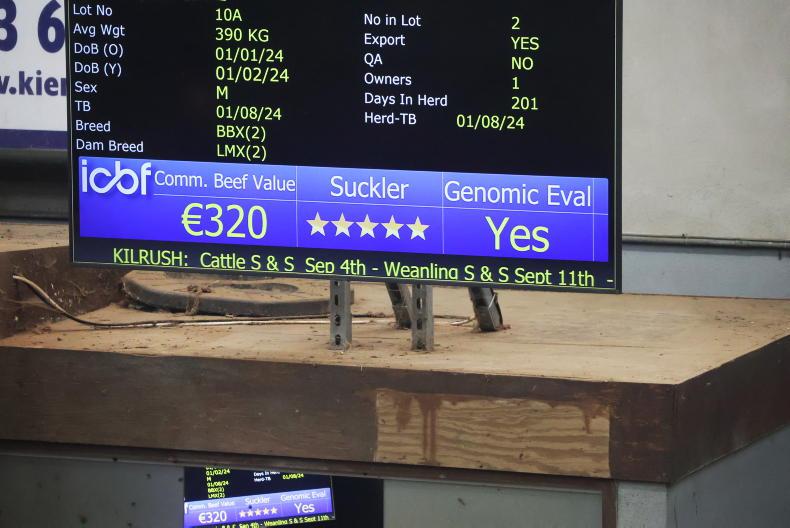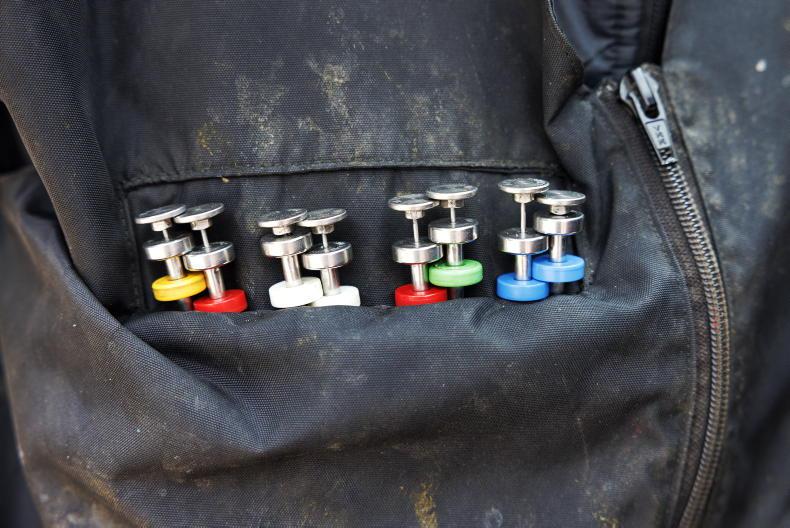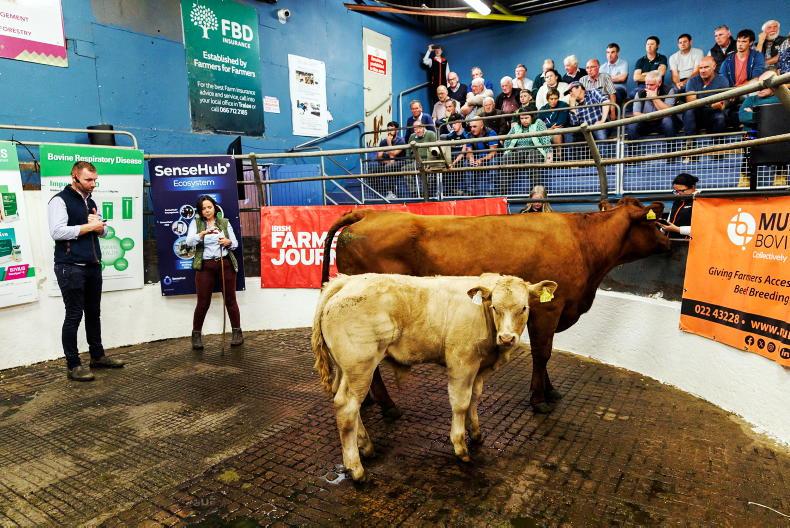For spring-calving suckler herds with cows that generally calve from February to May, breeding activity should be low in late summer.
Healthy, fertile cows should be settled back in-calf by this point and thought should be given to taking the stock bull away from the breeding herd.
When it comes to removing the stock bull, many farmers avoid the task, as they fear cows being empty.
Late calving
But in a productive March- or April-calving herd, the number of empty cows in late summer is likely to be small. Empty cows will likely be animals that persistently calve late every year.
Where stock bulls went out on 1 June, sires have had 13 to 14 weeks to cover cows, which is a maximum of four cycles.
A cow served this weekend should calve in mid-June 2025, based on a 290-day gestation, which is out of sync with a March- or April-calving herd.
Safety
Keep in mind that stock bulls can quickly turn aggressive when separated from cows. Therefore, only remove the herd sire if it is safe to do so.
To help keep the bull settled, pull out a couple of thinner cows or in-calf heifers that need a bit of feeding to run with the herd sire. Housing is an option, but comes with a greater workload and cost.
With the bull removed, cows can be accurately scanned in autumn, with empty animals separated for culling.
Read more
Q&A: what you need to know about blackleg
Silage photo competition: some of the latest entries
For spring-calving suckler herds with cows that generally calve from February to May, breeding activity should be low in late summer.
Healthy, fertile cows should be settled back in-calf by this point and thought should be given to taking the stock bull away from the breeding herd.
When it comes to removing the stock bull, many farmers avoid the task, as they fear cows being empty.
Late calving
But in a productive March- or April-calving herd, the number of empty cows in late summer is likely to be small. Empty cows will likely be animals that persistently calve late every year.
Where stock bulls went out on 1 June, sires have had 13 to 14 weeks to cover cows, which is a maximum of four cycles.
A cow served this weekend should calve in mid-June 2025, based on a 290-day gestation, which is out of sync with a March- or April-calving herd.
Safety
Keep in mind that stock bulls can quickly turn aggressive when separated from cows. Therefore, only remove the herd sire if it is safe to do so.
To help keep the bull settled, pull out a couple of thinner cows or in-calf heifers that need a bit of feeding to run with the herd sire. Housing is an option, but comes with a greater workload and cost.
With the bull removed, cows can be accurately scanned in autumn, with empty animals separated for culling.
Read more
Q&A: what you need to know about blackleg
Silage photo competition: some of the latest entries










SHARING OPTIONS